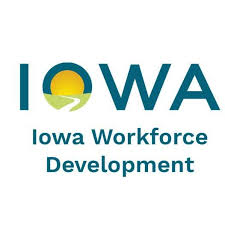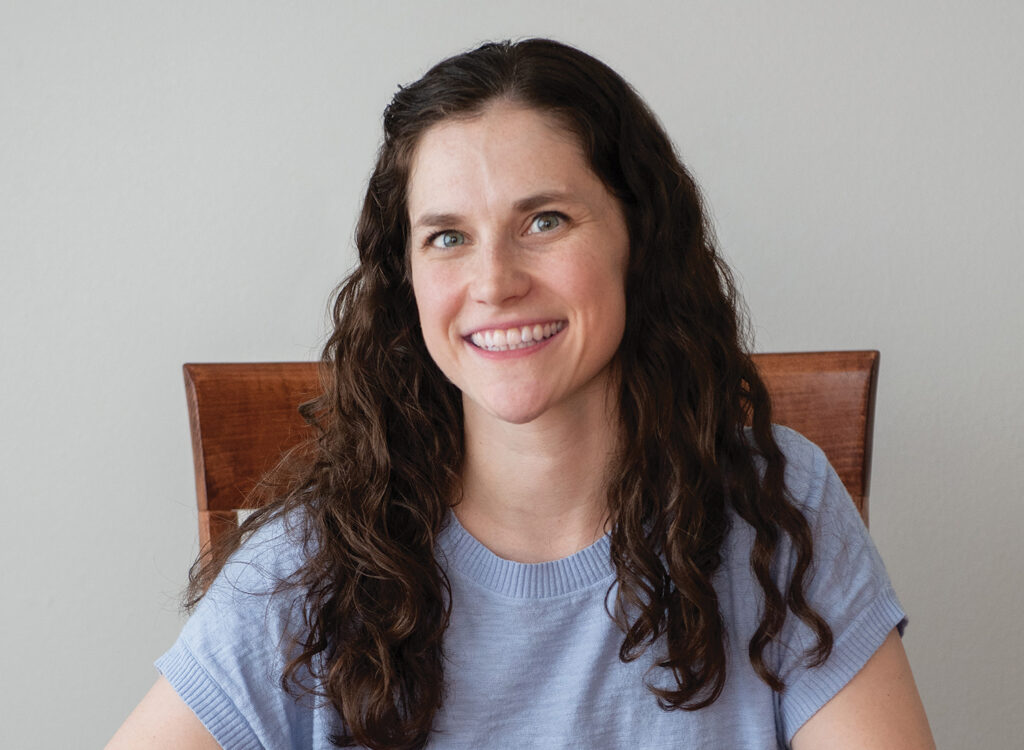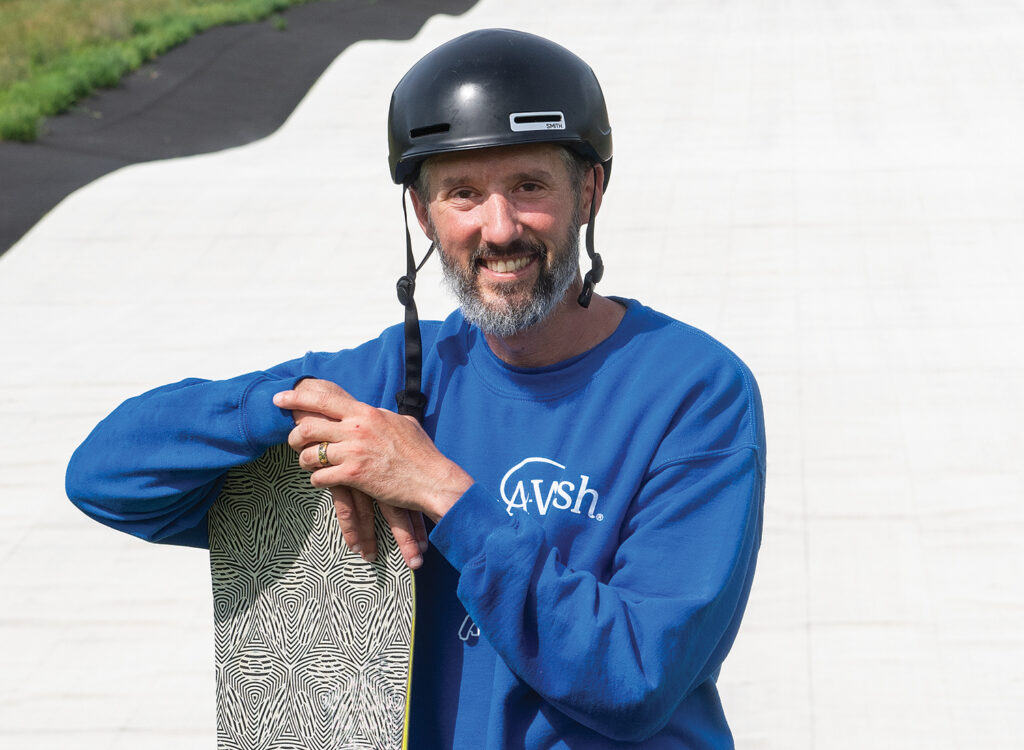A Closer Look: Greg Samorajski
President and CEO, Iowa Public Employees Retirement System

JOE GARDYASZ Jul 9, 2020 | 9:10 pm
6 min read time
1,501 wordsBanking and Finance, Business Record Insider, Government Policy and Law
Greg Samorajski began his new role as president and CEO of the Iowa Public Employee Retirement System on May 1, succeeding Donna Mueller, who retired on April 30 after holding the appointment since 2003. Valued at more than $34 billion, the IPERS trust fund serves more than 368,000 members, paying out about $2.2 billion annually to retirees.
Samorajski was previously deputy commissioner of the Alaska Department of Revenue, where his duties included managing the Alaska Retirement Board. He and his family moved to Alaska in 1997 when he accepted a position as a portfolio manager with McKinley Capital, where he managed money for large public pension plans before being hired by the state of Alaska in December 2018. Earlier in his career, he was a senior economist and manager of financial instruments at the Chicago Board of Trade. He has taught as a faculty member with the Illinois Institute of Technology and Alaska Pacific University.
Where are you from, and how did you get into government finance as a career?
I’m a Midwesterner by birth; I was born in Chicago. My parents met at the University of Chicago. We moved to Ohio at an early age. So I really think of Cleveland, Ohio, or actually a suburb, Parma, as my hometown where I grew up. I went back to Chicago for school at Northwestern University, where I was a math major. And then I went down the road to the University of Chicago for my MBA, where I was in finance and statistics. My first jobs were in Chicago — I worked for an accounting firm named Deloitte Haskins & Sells; it’s probably changed names two or three times. Then I worked on the staff of the Chicago Board of Trade, and worked for a number of years in product development. For a time, I tried my hand in trading in the commodity auction in Chicago, which was an interesting experience. I also worked at the First National Bank of Chicago as a treasury bond analyst and salesperson.
What attracted you to this position with IPERS?
Well, I’ve been in pension management for a number of years, from both sides of the business, both the money manager side with McKinley Capital, as well as on the pension side with the state of Alaska. I think working as the CEO of a major pension plan like the Iowa plan is really the pinnacle of my career. It was a great opportunity for me to take the next step to the highest levels of executive management. Iowa, of course, has a wonderful pension plan to provide stable retirement benefits to 1 out of 10 Iowans. And so it was really an honor when the governor asked me if I would consider serving to accept that nomination.
What have been some of the big adjustments that IPERS has had to make operationally, and how has that affected your onboarding?
IPERS was very prepared for the work-at-home environment. We had just been through a disaster recovery plan where we had worked specifically on what would happen if we needed to work outside of the office for long periods of time. So it was reasonably seamless for us to do that. We continue to have most of our meetings with our members by phone or through Zoom. For me, it’s clearly been an adjustment. It’s a new job for me to learn. I certainly understand the fundamentals of pension management, but walking into a new environment with a new group of people in a new state, I do have a learning curve. It’s been a challenge, to be sure.
Are there any operational or policy lessons to be learned from COVID-19 or changes that may be coming after this is over?
I’ve actually put together a working group here at IPERS to make recommendations for changes once we open back up. I think certainly things like this social distancing concept for an extended period of time perhaps makes a lot of sense. Even if we get [COVID-19] under control here in the state, there is always the question of other contagious diseases. I’ve traveled pretty extensively, and in [Asia] bowing is the way that folks greet each over there, and maybe we’ll evolve to something like that here in the States. And just looking at less-dense work environments and being able to separate people better.
What sort of effect has market volatility had on IPERS fund management?
Well, it’s clearly been a challenging environment for all pension plans, including IPERS. I would say that volatility is often the buzzword for markets going down, and we did have that situation where we did see a major temporary market decline, at least in the equity side of the markets. That naturally affected our asset valuation. IPERS is fortunate that we had already prepared scenarios on that type of environment. … So what we decided in advance and what we’ve maintained is an asset allocation for a very long time that’s appropriate for IPERS. We certainly have rebalancing procedures in place, as most pension plans do. But the main lesson, based on our analysis, is to stay the course, which we do. We have a very long outlook, and we have more than adequate liquidity to pay benefits for many years, and we’re in very good shape.
What progress has been made in the past few years in closing IPERS’ unfunded liability, and what’s the current outlook?
Yes, there has been a lot of progress, and we continue to make progress. Of course, we’ll have to wait until the end of the fiscal year to do the calculations, but it looks like we’re in the low 80s [in percentage of funded liabilities]. It’s in the 83-84% range; it might be a little lower depending on how the year ends up with the stock market. Many states are well below 80%; in Alaska we were in the mid-70s. … There’s a plan to close the gap over a number of years, which is appropriate. And it will happen.
Are there any interesting trends that you’re seeing in diversification of investments?
There are. The first is the increasing trend toward more private investment. Industrywide, I would say that pension plans are becoming more and more involved in private equity, private debt and private real estate. With IPERS, about 20% of our portfolio is exposed to private assets, which I think is consistent with what other large pension plans are doing. That’s a trend that’s likely to continue. I would say that investment in alternatives like hedge funds and such are probably on the decline a little bit in the pension plan industry. I think that there’s some skepticism about them paying [good returns]. They don’t really look any better than [other alternatives], so I think that’s something that’s being de-emphasized. Iowa is not seriously exposed to hedge funds.
Another interesting thing is the trend toward managing funds internally. Traditionally pension plans use external managers to manage funds, but more and more plans are bringing some of their assets back internally to manage. Not only does it save management fees, it builds expertise and potentially allows funds to increase their investment returns. That’s clearly something we need to look at going forward. Right now all our fund is managed by external managers; it’s conceivable that we might decide to bring a small portion of that in-house.
Any legislative changes on the horizon?
Of course, the Legislature and the governor make those kinds of policy decisions as the ultimate trustees or sponsors of the plan. I haven’t heard of anything coming up. One of my goals for the first six months is to meet the key legislators and to develop a dialogue with the leaders in our state House and Senate, particularly those who are interested in IPERS issues. It’s not our role to support legislation, but it is our role to provide information needed to make intelligent decisions. Certainly one of my goals is to develop the systems where we can provide accurate and timely information to the legislative process.
What kind of hobbies did you have while living in Alaska?
One of the things I pursued in Alaska was hiking. Hiking in Alaska is quite different from hiking almost anywhere else. As you might imagine, it involves a lot of going up mountains, perhaps not Denali and mountains like that, but certainly 3,000- to 4,000-foot mountains surround Anchorage, and we did plenty of that kind of hiking. It’s gorgeous. Of course, in Alaska we have long winters so we all look for ways to make those winters more bearable. For me, cross-country skiing was one of the things I took up — we have a tremendous trail system throughout Anchorage with hundreds of miles of lighted trails, including Olympic-quality trails. Fishing was also one of my primary activities — salmon fishing, and more lately I got a little boat in Juneau and did quite a bit of halibut fishing.










